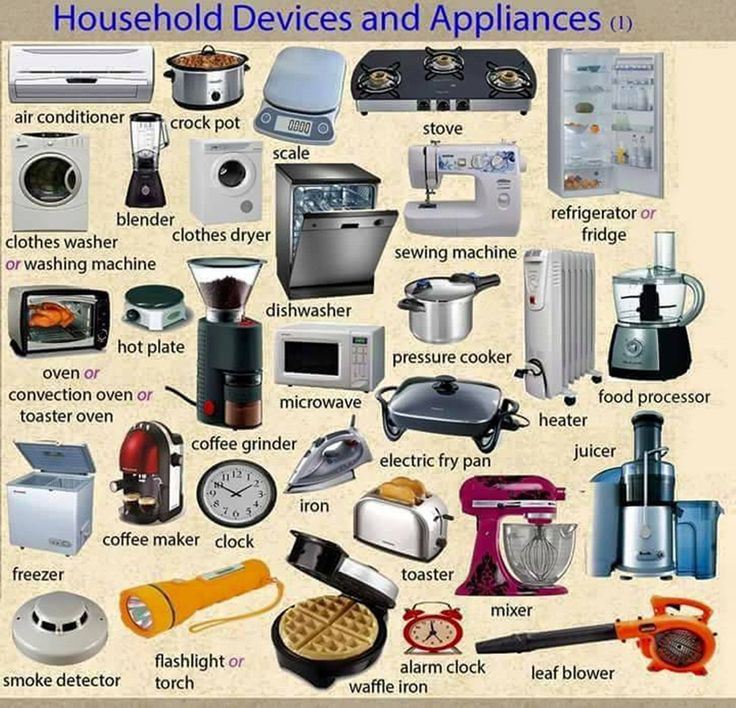Pneumatic Tools or Air Tools are those power tools that use compressed air as the main source of energy. If you ever visited a car workshop or garage, you could see mechanics using wrenches that are connected to what looks like a pipe or hose. It is because it is a pneumatic wrench that uses compressed air to tighten or loosen the bolts. Like this, there are many different types of air tools that are often used in automobile repair shops, construction, industrial assembly plants, agriculture, irrigation, chemical plants, food industries and many more.
In this guide, let us take a closer look at some basics of air tools or pneumatic, their advantages and disadvantages and also different types of air tools.
Outline
In a previous guide, we saw different types of air compressors. In that discussion, one of the main and important applications of air compressors (or compressed air) is to run pneumatic tools or air tools.
The compressed air from an air compressor unit will power either an air motor or pistons in pneumatic tools. Speaking of motor, they are different from regular electric motor in the sense that they use air to spin instead of electricity.
Popularity of air tools in industries and workshops comes from the fact that they have excellent power to weight ratio than the electric counterparts. This makes them lightweight and easy to handle.
Even with their lightweight and compact design, pneumatic tools are very powerful and provide very high torque. As they essentially run on compressed air, you can use them for long periods without worrying about heat as the high-pressure air has a cooling effect.
Some other benefits of air tools in general are: you cannot damage the tools either by overloading or stalling, the motor starts instantly and you can easily reverse the direction and they are generally more rugged and durable than electric tools.
There are some downsides to pneumatic tools as well.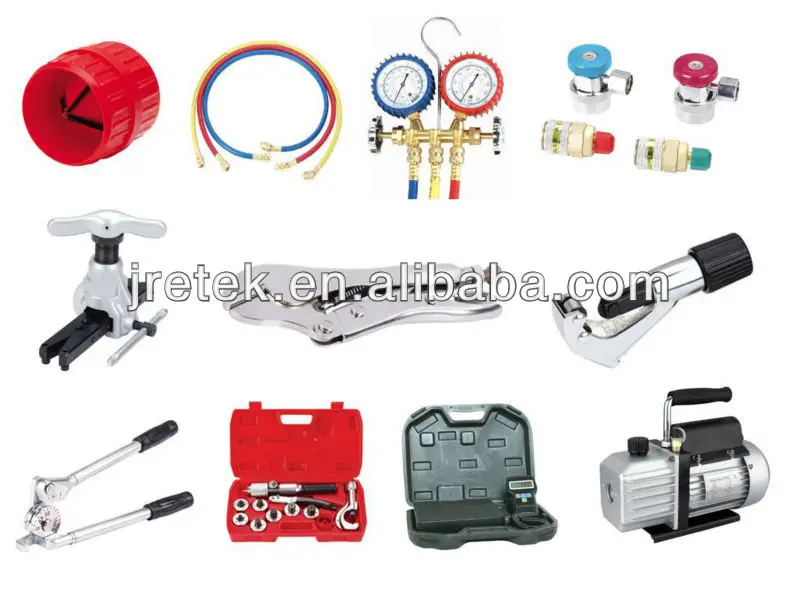 The first thing is they very loud, like really loud. The quality of the air coming from the air compressor is very important. Any dust or particulates can clog the tools or even cause severe damage.
The first thing is they very loud, like really loud. The quality of the air coming from the air compressor is very important. Any dust or particulates can clog the tools or even cause severe damage.
Hence, large industrial setups use a series of air filters and they must be frequently checked, cleaned or replaced. Speaking of cleaning, maintenance is another issue with air tools. They need regular maintenance with main regards to lubrication.
Another major problem with compressed air and humidity is formation of water droplets (in the compressor units as well as the tools). They need water filters and water traps to prevent water build-up that can clog or damage the system.
Essentially, we can divide all the air tools into two categories:
In Rotational Air Tools, the power comes from an air motor. When we apply high-pressure air to this motor, it rotates the rotor in a cylinder and it produces a torque that is directly proportional to the air pressure from the compressor. Drills, Ratchets, Wrenches are some examples of rotational powered pneumatic tools.
Drills, Ratchets, Wrenches are some examples of rotational powered pneumatic tools.
Vane and Turbine are two common air motor designs. Vane type motors are very popular as we can get very high power from a relatively small motor size. When we couple this motor with a suitable gear system, it can produce high torque.
Coming to Percussive Air Tools, they use reciprocating pistons. When we supply compressed air to these pistons, they propel forward and backward. This produces an oscillation motion, which is suitable for air hammers, reciprocating saws and similar devices.
While the auto industry relies heavily on air tools such as wrenches, inflators and pain sprayers, there are many other industries/professions that use pneumatic air tools on a regular basis.
Generally, air tools are not portable as they need a continuous supply of compressed air. Hence, pneumatic tools are mostly suitable for garages and workshops with a good air compressor unit and are not generally meant for residential use.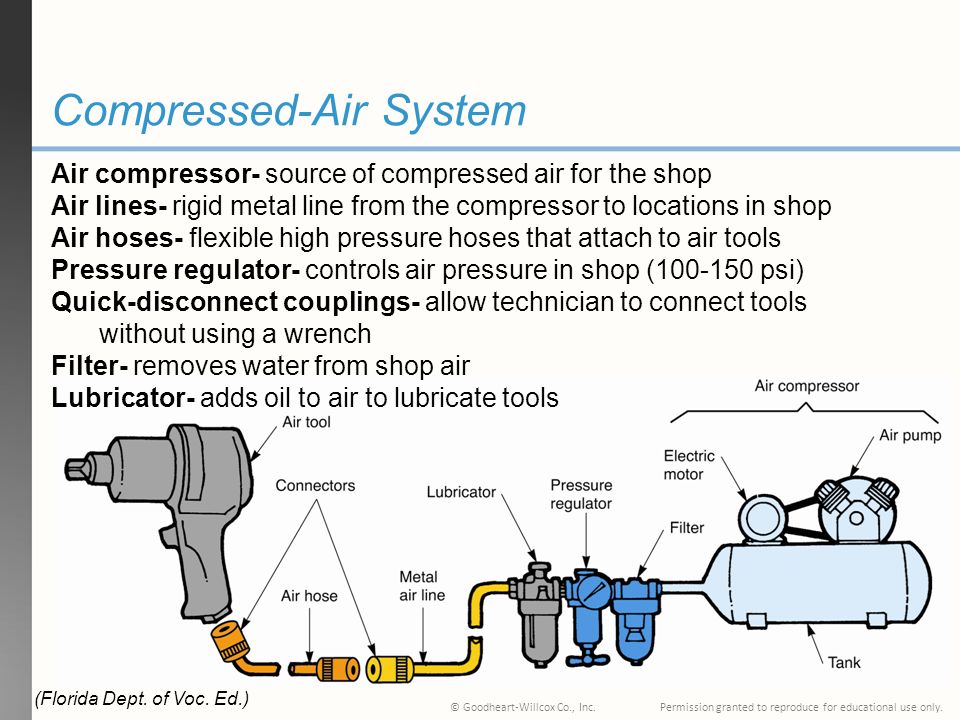
Here are 23 Different Types of Air Tools that are very popular.
Let us now see briefly about each of these tools one-by-one.
The first tool that comes to mind when we think of air tools or pneumatic tools is probably the Air Wrench or Impact Wrench. Almost all automotive repair shops, garages and body shops, even small ones, have an air compressor and an impact wrench that runs off of it.
Air Wrenches are very efficient and can remove/fix nuts and bolts very quickly. They have a very high torque and can remove even struck, stubborn and delicate nuts and bolts very easily.
Another pneumatic tool that is popular in the auto industry is the Air Ratchet. These tools allow you to quickly fasten and loosen fasteners. An important thing about air ratchets is that they generally have very high but less torque than impact wrenches.
Most air ratchets do not have an internal hammering mechanism. Hence, the operator has to slightly loosen the nut/bolt while loosening or tighten the fastener for its final turn while tightening.
Next, we have an Air Drill. There tools are very compact, light in weight and can rotate at a very high RPM. The main advantage of a pneumatic drill over a regular drill (corded electric or battery operated cordless) is that there is no problem of overheating.
As a result, you can use it for continuous drilling without giving it any break. Brushed Motor Drills have the problem of sparks due to the carbon brushes in them. This can be a problem in chemical plants. In such places, pneumatic drills (or other air tools for that matter) are very useful.
Brushed Motor Drills have the problem of sparks due to the carbon brushes in them. This can be a problem in chemical plants. In such places, pneumatic drills (or other air tools for that matter) are very useful.
The pneumatic screwdriver is slightly smaller than an air drill but the overall ergonomics of the tool are the same. There is a handle with air inlet at the bottom and a drive mechanism that lets you screw and unscrew screws.
Pneumatic Screwdrivers are light in weight and most of them come with torque settings to prevent over-tightening (as it can damage the threads or strip them off completely).
You might have seen large hammers easily breaking asphalt. These are (air hammers or pneumatic jackhammers. It is a very popular pneumatic tools for demolishing or breaking-up things (big rocks, roads, etc.).
Air Hammers are very power tools that can deliver more than 3,000 beats per minute. Most hammers come with variable throttle and the operator has to extremely skilled as even the smallest trigger can do a lot of damage if it is not handled properly.
Most hammers come with variable throttle and the operator has to extremely skilled as even the smallest trigger can do a lot of damage if it is not handled properly.
Apart from demolishing jobs, we can also use air hammers for shaping metals, carving stones, removing concrete/cement.
Reciprocating Saw is a very useful tool, especially for carpenters, construction workers and furniture makers. A Pneumatic Reciprocating Saw is not that common among independent carpenters as it needs an air compressor to make it work.
Hence, large furniture makes and construction use pneumatic reciprocating saws to easily cut through drywall, plywood and even small pieces of regular wood (that needs a straight line cut).
With slightly powerful pneumatic reciprocating saw, we can cut through tiles, sheet metal, pipes (steel, copper), fiberglass etc.
Air Nailers are an integral part of modern construction, furniture and woodworking industries.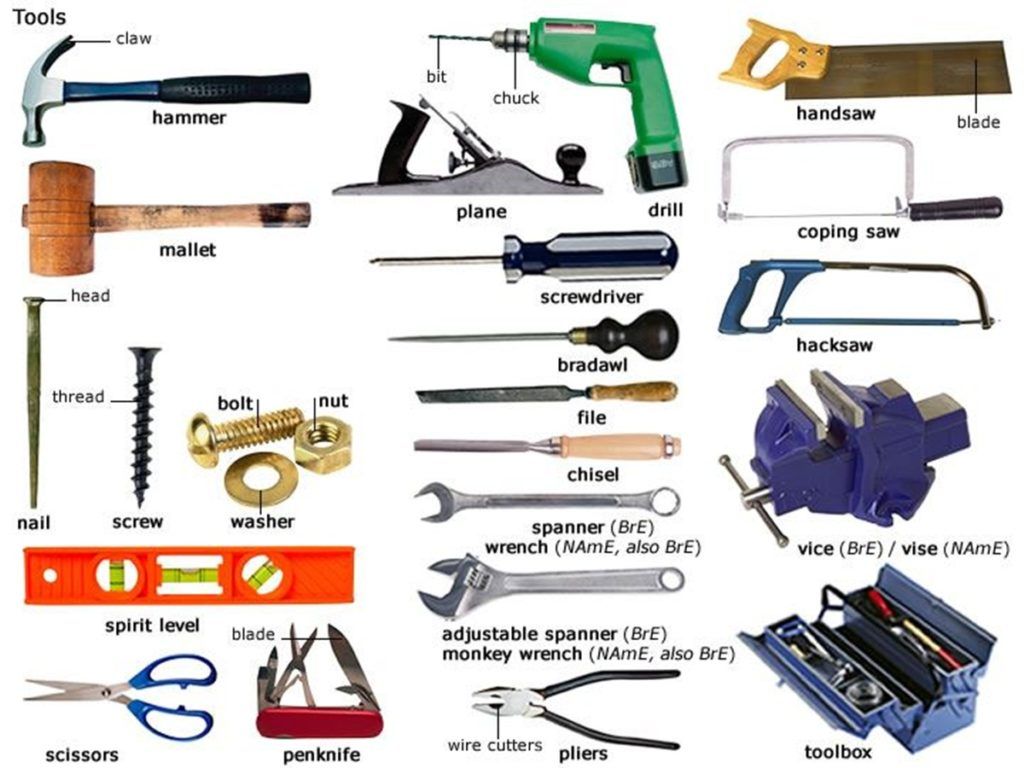 You can find all sorts nailers for brad nailing, finishing, framing etc. A Pneumatic Brad Nailer is a light-duty tool that is popular with craftsman and model makers.
You can find all sorts nailers for brad nailing, finishing, framing etc. A Pneumatic Brad Nailer is a light-duty tool that is popular with craftsman and model makers.
Although you can drive nails through thin boards and other delicate material using a Pneumatic Brad Nailer, it struggles with slightly thicker material. Keep in mind that you need to use brad nails with this nailer
Another popular air nailer is the pneumatic framing nailer. In fact, when we say nail gun, we usually refer to a framing nailer (either electric or compressed air one). It is a heavy-duty tool for driving larger nails (regular nails) into wood.
The main job of a pneumatic framing nailer is, well, framing (installing trims, building picture frames, installing decks/wood panels, etc.).
If you are working with sheet metals, then a pneumatic riveter can be exceptionally useful tool. There are manual rivet guns that are slightly cheaper than a pneumatic riveter but they are slow and needs a lot of effort from the user.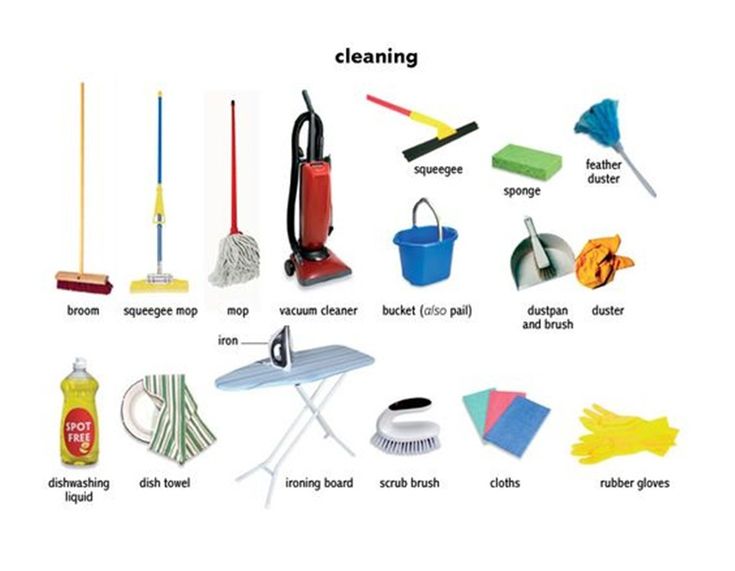
A pneumatic riveter can make this job very easy especially with pop rivets. Apart from sheet metal industry, pneumatic riveters are very popular in automotive industry (assembly as well as repair shops).
Air Staplers or Pneumatic Staplers are very popular in the upholstery industry. They look very similar to the pneumatic nailers with the handle and magazine. Most pneumatic staple guns can handle standard, large and finish staples.
We can also use pneumatic staplers for making cabinets, working with cardboard panels, laying roofs, drywall etc.
Pneumatic Sanders make the tedious job of sanding and polishing very easy. Whether you are working with metal or wood, an air sander can do the job faster and the benefit is that it is very lightweight than electric counterparts (less strain on your arm).
A 7-inch sanding disc is very common with pneumatic sanders as they rotate anywhere between 5,000 and 7,000 RPM. Air Sanders are quite common in paint shops and body shops as you can easily blend sheet metal, weld joints, castings etc.
Air Sanders are quite common in paint shops and body shops as you can easily blend sheet metal, weld joints, castings etc.
A grease gun is another stable tool in the automotive world. While manual grease guns do the job for occasional machine and servicing, a pneumatic grease gun is very useful for large garages that work on several vehicles daily.
The pneumatic grease gun looks and operates very similar to a manual unit except the compressed air that powers the pump. You can use a standard grease cartridge with a pneumatic grease gun as well.
A major part of construction and plumbing is caulking. Pneumatic caulk guns are very easy to use, inexpensive and reliable. The pressure housing holds the caulk cartridge and as you depress the trigger, the air pressure pushes the caulk from the pressure seal.
Some unit come with a variable valve to adjust the flow rate of the caulk. An important part of pneumatic caulk gun design is venting in the trigger that lets out the housing pressure when we release the trigger.
Scaling is an important part of maintaining a metal’s surface from rust, soot and barnacles. A pneumatic needle scaler can clean metal surfaces very efficiently in very less time due to its needle design and reciprocating movement.
Abrasive Basting or Sandblasting is a way of applying abrasive material on top of a surface. Coating industry extensively uses pneumatic sandblasters. These are specialty machines that contain a closed chamber where a high-pressure sand and air is sprayed on the surface.
Shears, particularly pneumatic shears are more than just scissors. They can cut through tough sheet metals with ease, thanks to the compressed air. Apart from sheet metal, you can also use pneumatic shears for precision cutting of aluminum and plastic.
They are light in weight and you can use the tool for long and continuous time if necessary.
Air Die Grinders are small and powerful tools for grinding, sanding and polishing primarily metal but also wood and plastic. You can grind/polish edges of metal/wood very easily with an Air Die Grinder.
You can grind/polish edges of metal/wood very easily with an Air Die Grinder.
Pneumatic Die Grinders are very compact little tools and it usually comes with a good collection of attachments. If not, there are several third-party attachments that you can use with many air die grinders for deburring, finishing and other similar jobs. Note that die grinders generally have very high RPM, usually in the range of 20,000 RPM.
Perhaps the simplest air tool of all is the pneumatic blower. As the name suggests, it is a simple tool that blow high-pressure air to clean/remove dust, debris and grime from different surfaces and objects.
The thin and long metal tube of a pneumatic blower allows you to clean vehicles and machines and you can also reach tricky places and blow some air.
A popular air tool even with general consumers (rather than industrial, workshop users) is a simple tire inflator. There are several ways types of tire inflators, some simple use air pumps to directly inflate tires (car and bikes), balls, mattresses etc.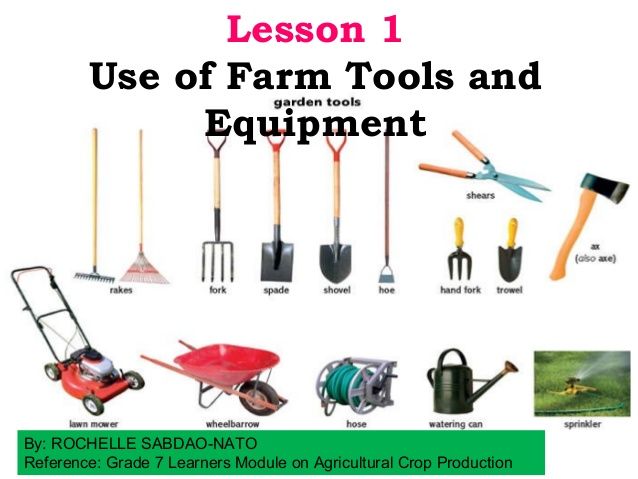
For heavy workloads and inflating large tires (for trucks and semitrucks), a tire inflator with a dedicated air compressor will be necessary.
Another important application of compressed air is spray painting. One of the simplest paint sprayers is an Air Brush. You can use these sprayers with cars, mural painting, artists, building models and even tee shirt painting. A slightly advanced paint sprayer is a Paint Gun.
This type of paint sprayer has a paint pot at the bottom of the handle and is often used for painting large equipment and surfaces. The Gravity Feed Paint Sprayer is an extremely popular paint gun in the automotive paint industry. A paint reservoir is at the top of the handle and the paint flows through the trigger handle to the nozzle.
A Pneumatic Siphon Gun is another type of sprayer that is primarily used with degreasing agents, insecticides, detergent and surface treatment liquids (usually, low-viscosity fluids).
Instead of fluid reservoir or pot, a siphon gun has a pick-up tube that draws-up the fluid, which usually sits in a vessel or bucket. Pest control companies use these air tools frequently to spray insecticides (and pesticides).
Another must have tool for auto repair shops is an automobile lift. It works by combining hydraulics and compressed air. One popular construction style is to embed a large hydraulic cylinder. One end of this cylinder has the piston and column that lifts the vehicle.
The other end of the cylinder is connected to the air compressor after leaving an air gap. When we apply high-pressure air, it moves the hydraulic liquid and therefore the piston and the column. There will be an orifice to restrict the speed at which the piston raises and lowers.
To change/service car tires, we need to lift the car using jacks. Tire shops (that replace tires, align and balance them) usually use an air bag jack. It consists of a large air bag/bladder with a lift saddle on top.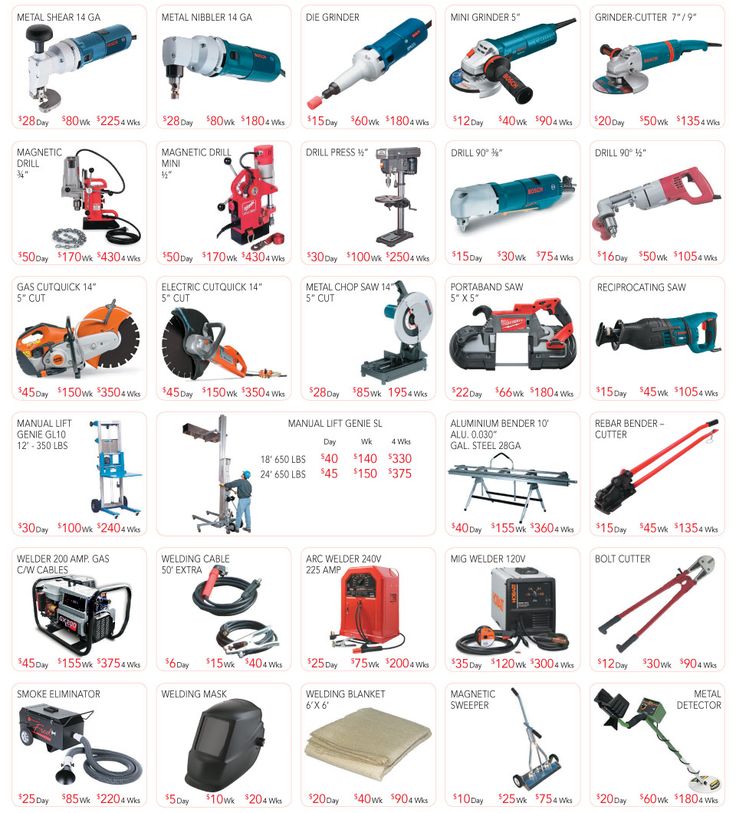
When we place the air bag jack under the car and align it properly with the car’s frame, the high-pressure air will fill-up the bag and lifts the car. You can easily remove/replace tires of the car.
Air Tools make the job easy and fast, whether it is drilling holes, tighten/loosen nuts/bolts, demolishing roads/building, inflating tires, painting etc. They are also known as Pneumatic Tools as they use compressed air as the source of energy (in contrast to electricity of fuel). We saw the basics of air tools, how they work and also different types of air tools along with their uses.
Search
Collection Menu
2.5hp AIR COMPRESSOR w/ Wheels - 2251-0
$0.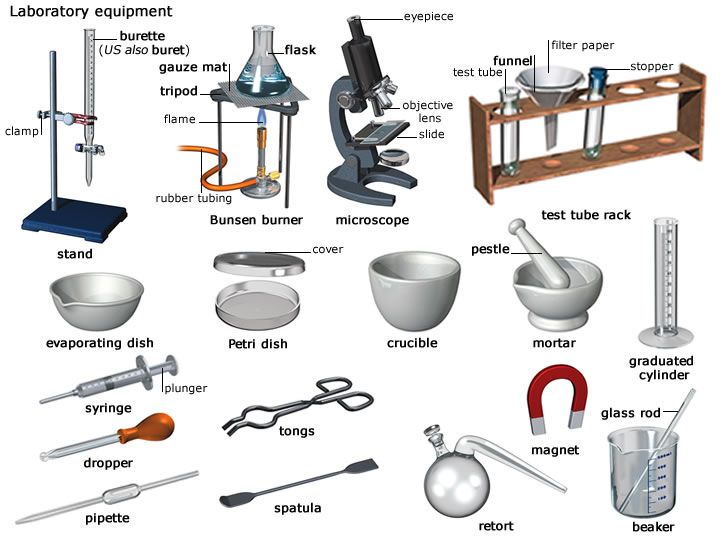 00
00 Professional PANCAKE AIR COMPRESSOR - 2265-0
$0.009 Gal. Portable AIR TANK - 2247-0
$0.005 Gal. Portable AIR TANK - 2235-1
$0.0050-pc Assorted AIR TOOL KIT - 0406-0
$0.007-pc IMPACT DRIVER SET w/ Case - 0540-0
$0.005-pc Complete AIR KIT - 0431-0
$0.007.5" (190mm) AIR HAMMER w/ 5-Size Chisels, 90PSI 11CFM 1/4"NPT - 0396-0
$0.00INLINE AIR SHEAR - 0419-0
$0.003" AIR CUT OFF TOOL 20000RPM 90PSI 4CFM 1/4" CPT - 0418-0
$0.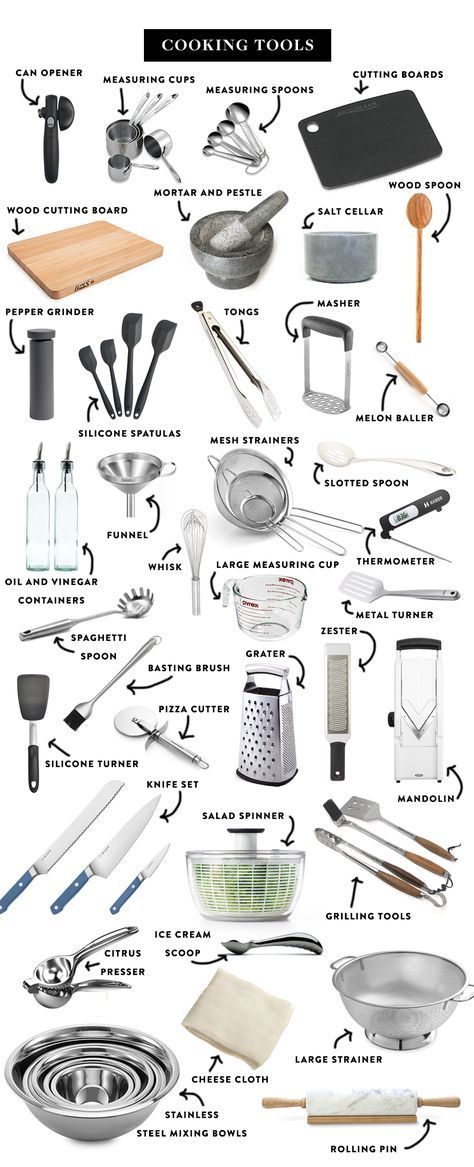 00
00 1/2" Dr. AIR IMPACT WRENCH, 250ft/lb 8000RPM 4.5CFM 90PSI 1/4" NPT - 0411-0
$0.001/4" Air ANGLE DIE GRINDER, 20000RPM 4CFM 90PSI 1/4" NPT - 0405-0
$0.00AIR SPRAY GUN KIT - 0415-0
$0.0024" AIR BLOW GUN - 0433-0
$0.00100' x 3/8" Retractable AIR HOSE REEL - 1411-0
$0.00100' x 1/2" Retractable AIR HOSE REEL - 1410-0
$0.0050' x 1/2" Retractable AIR HOSE REEL - 1408-0
$0.0050' x 3/8" Retractable AIR HOSE REEL - 1403-0
$0.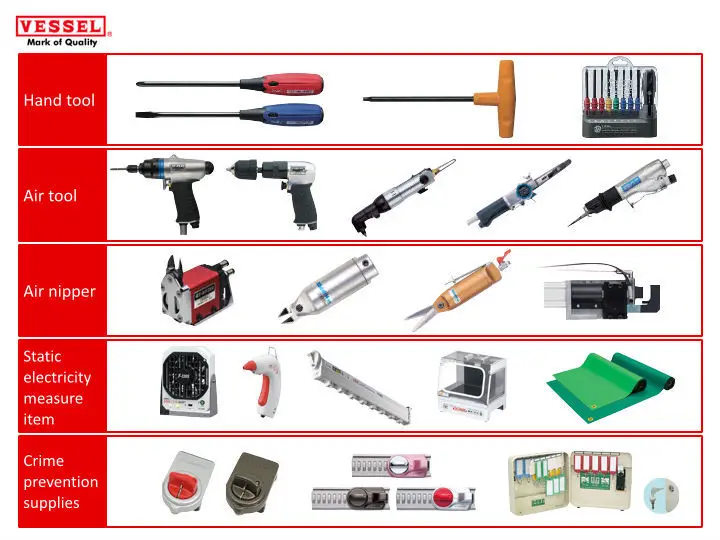 00
00 50' x 3/8" AIR HOSE - 0803-0
$0.0025' x 3/8" AIR HOSE - 0802-0
$0.0020-pc Complete AIR SERVICE ACCESSORIES KIT - 2118-0
$0.005-pc AIR BLOW GUN SET - 0434-0
$0.0017-pc COMPLETE SPRAY GUN CLEANING and MAINTENANCE KIT - 0260-0
$0.0012-pc SPRAY GUN CLEANING KIT - 0259-0
$0.00 Pneumatic tools are tools designed to transform the energy of compressed air or a special gas into mechanical energy that allows you to perform any action with workpieces or materials.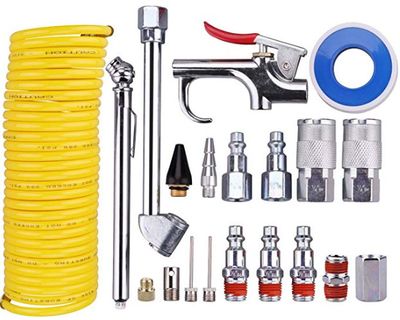 Pneumatic tools are "relatives" of tools that work on hydraulic systems, which explains the great similarity in their designs, processes and principles of operation. If compressed gas is used to transfer mechanical energy to the mechanism nodes in pneumatic tools, then a certain liquid is used in hydraulic tools. nine0003
Pneumatic tools are "relatives" of tools that work on hydraulic systems, which explains the great similarity in their designs, processes and principles of operation. If compressed gas is used to transfer mechanical energy to the mechanism nodes in pneumatic tools, then a certain liquid is used in hydraulic tools. nine0003
The scope of application of pneumatic tools is distinguished by its vastness. The need to create a device that would simplify the implementation of any technical tasks that require great human effort has existed for many years. Modern tools on pneumatic drives are used as the main working units in manufacturing enterprises, as well as household, improvised tools for non-professional activities.
Specifically, pneumatic tools are used during production and packaging processes, construction, machine and aircraft construction, foundry and many other areas of human activity. In addition, absolutely anyone can buy a pneumatic tool - you do not need special licenses or permits to use it, and you can find such a device in any tool store.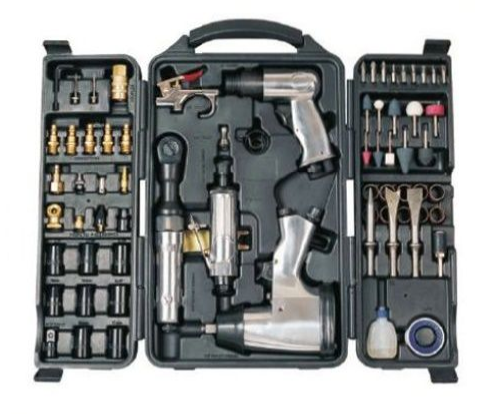 nine0003
nine0003
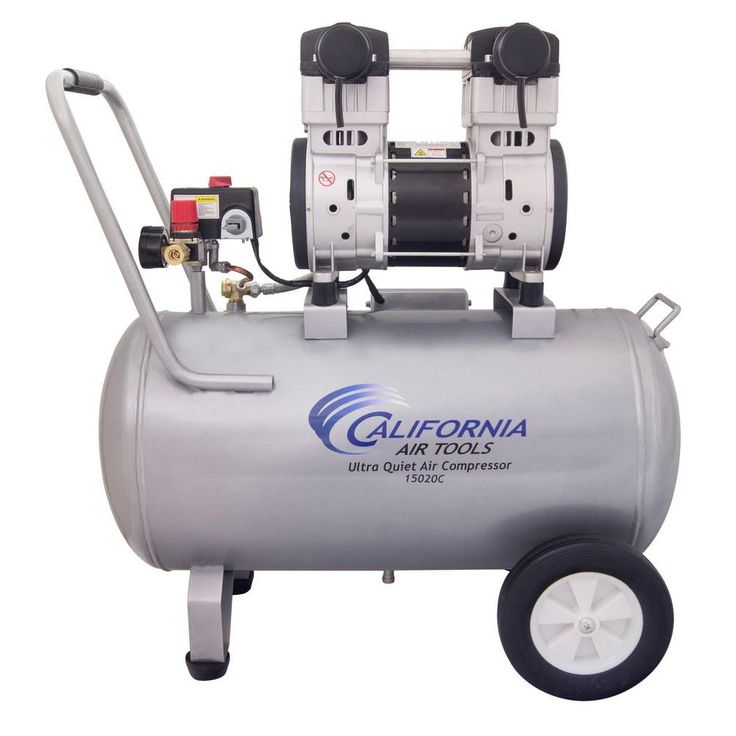
All these advantages must be taken into account when buying a pneumatic tool, because the purchase of a high-quality and at the same time not too expensive model can pay off in a fairly short period of time. Pneumatic driven tools are less subject to wear, so they can work for a long time without repair and replacement of components. This is another plus - cost-effectiveness.
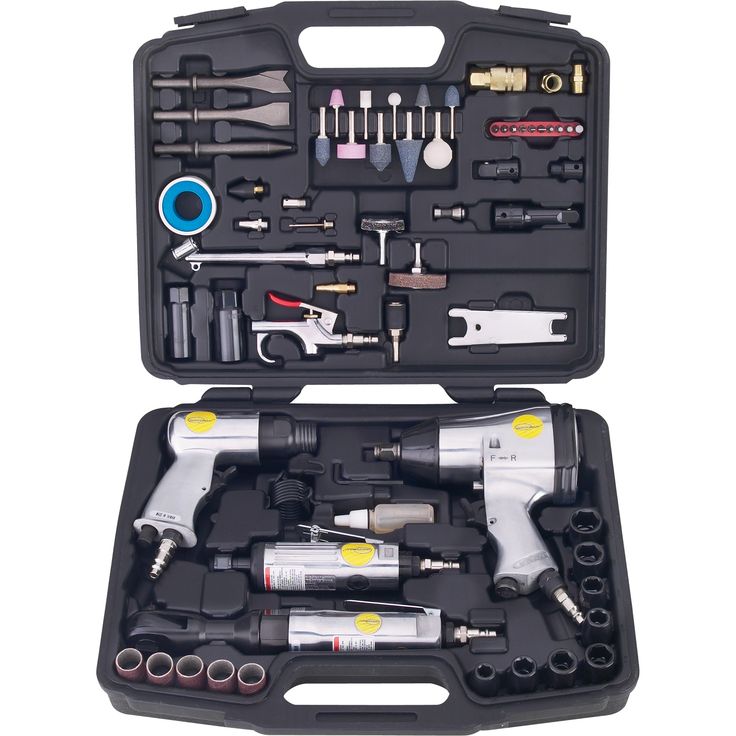 Many people are repelled by the extra cost of something like this, so they prefer electric tools, although pneumatics are superior in many ways.
Many people are repelled by the extra cost of something like this, so they prefer electric tools, although pneumatics are superior in many ways.
1) Hand tools. Pneumatic wrench, screwdriver, drill, and many, many other devices. All of them are united by the fact that they work on compressed air coming from a special compressor. This compressed air allows you to process one type of energy into another. Such tools are light, compact, and at the same time much more powerful than their electrical counterparts. Especially popular in everyday life, in private construction, in repair shops, service centers because of their cost and effectiveness. nine0005
nine0005
2) Heavy tools, the use of which is already in the field of industrial activity - large-scale construction, for example, road, reconstruction work, metal work in mechanical engineering. This includes jackhammers, drills, riveters. Their dimensions and rather large power are redundant for domestic use, so the main buyers of such units are construction and manufacturing companies.
3) Industrial pneumatic installations. As a rule, they are the main working bodies of manufacturing enterprises. These include pneumatic presses, cutters, any systems for controlling the working parts of heavy equipment. All this is expensive equipment that consumes a fairly large amount of compressed air or other gas during its operation. Therefore, the acquisition of something like this should be due to exceptional necessity. nine0005
Today, pneumatic tools are widely used in manufacturing.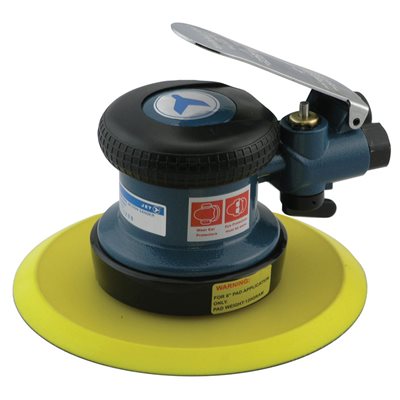 This is primarily due to the high efficiency and safety of using pneumatic tools in production, factories and factories.
This is primarily due to the high efficiency and safety of using pneumatic tools in production, factories and factories.
Modern pneumatic hand tools can be used in almost any environment, including aggressive and difficult ones. Pneumatic tools of well-known brands have a high degree of safety, significantly reducing the risk of injury, burns, electric shock. The low noise level of pneumatic devices makes it possible to use them actively in plants and factories. nine0005
You can find pneumatic tools in the following industrial sites:
Thanks to their versatility, efficiency, reliability and fire safety, pneumatic hand tools have become the most widely used in the manufacturing industry. Hand pneumatic tools, due to their advantages, are actively used by specialists working in the field of general engineering, automotive and shipbuilding, in the production of household appliances and furniture, at construction sites, in repair and assembly plants. nine0005
Hand pneumatic tools, due to their advantages, are actively used by specialists working in the field of general engineering, automotive and shipbuilding, in the production of household appliances and furniture, at construction sites, in repair and assembly plants. nine0005
Advantages of pneumatic tools:
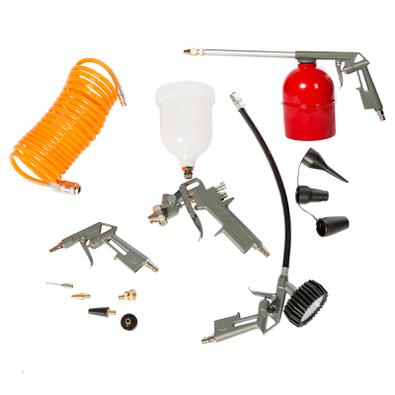
When choosing the right tool, it is always necessary to proceed from the specific tasks that need to be solved. If you choose tools for industrial applications, then preference should be given to tools and equipment that can work for a long time without interruption. Production tools must have the necessary power and a long service life. nine0005
If you need a tool that is used for daily and many hours of use in production, then it is better to choose a modern reliable pneumatic tool.
The use of high-quality pneumatic tools largely depends on the mechanization of labor-intensive manual work operations and can significantly increase labor productivity in various industries.
Industrial pneumatic tools catalog includes:
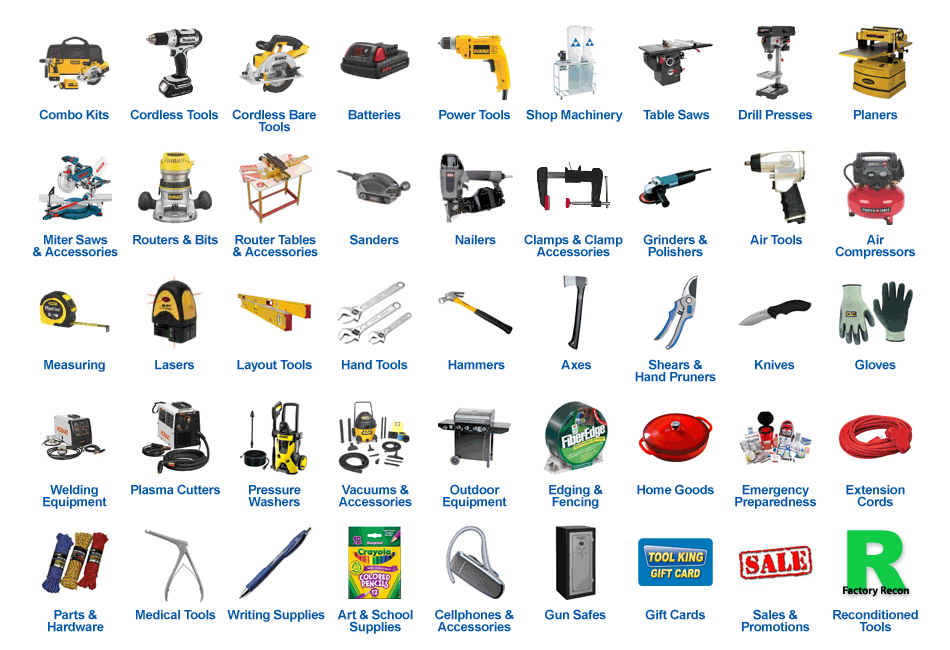
Chicago Pneumatic has a history of over 100 years of reliable compressors and air hand tools. Over the years, compressor and pneumatic equipment, reliable CP pneumatic tools have become one of the most popular on the market all over the world. nine0005
Chicago Pneumatic pneumatic professional tools have a number of important advantages: 